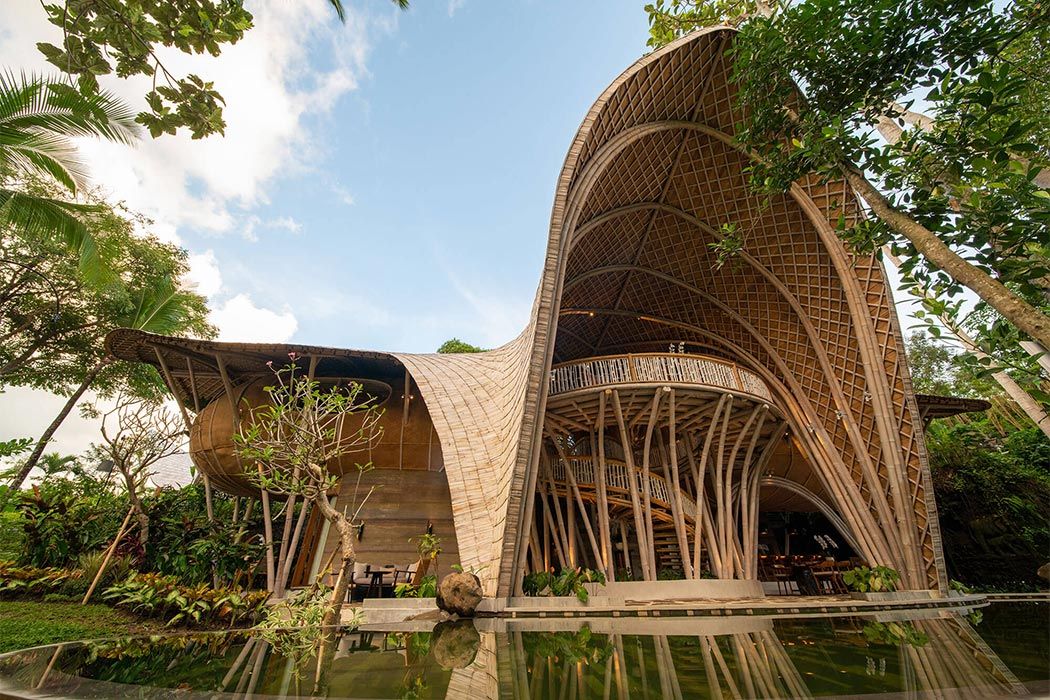
Understanding Sustainable Building Materials
Building a greener home starts with choosing the right materials. Sustainable materials are those that minimize environmental impact throughout their entire lifecycle, from extraction and manufacturing to transportation, use, and disposal. This considers factors like embodied carbon (the carbon emissions associated with producing and transporting the material), renewable resources, and recyclability. Opting for these materials significantly reduces your home’s carbon footprint and promotes a healthier living environment.
Bamboo: A Rapidly Renewable Resource
Bamboo is a fantastic example of a sustainable building material. It’s incredibly strong, grows rapidly without the need for extensive replanting, and requires minimal processing. Bamboo flooring, panels, and even structural components are becoming increasingly popular choices for eco-conscious builders. Its natural beauty also adds a unique aesthetic touch to any home.

Reclaimed Wood: Giving Old Materials New Life
Reclaimed wood offers a beautiful and sustainable alternative to newly harvested timber. This salvaged wood, often from demolished buildings or old barns, reduces deforestation and lowers embodied carbon compared to newly manufactured lumber. Reclaimed wood’s unique character and patina add undeniable charm and a story to your home’s design. It’s important, however, to ensure the wood is properly treated for pests and moisture before use.
Recycled Content Materials: Minimizing Waste
Many building materials now incorporate recycled content, reducing landfill waste and conserving resources. Look for products like recycled metal framing, countertops made from recycled glass, or insulation made from recycled denim. These materials not only lessen the environmental burden but also often offer cost-effective alternatives to traditional options.
Hempcrete: A Natural and Insulating Material
Hempcrete, a mixture of hemp hurds (the woody core of the hemp plant), lime, and water, is a rapidly growing sustainable building material. It offers excellent insulation properties, is breathable, and acts as a natural carbon sink, absorbing CO2 from the atmosphere. While still relatively new in widespread use, hempcrete shows significant promise for energy-efficient and sustainable construction.
Cork: A Versatile and Sustainable Choice
Cork, harvested from the bark of cork oak trees without harming the tree itself, is a remarkably versatile and sustainable material. It’s naturally fire-resistant, water-resistant, and offers excellent insulation properties. Cork flooring, wall coverings, and even underlayment are all eco-friendly choices for creating a comfortable and sustainable home.
Low-Impact Concrete Alternatives: Reducing Cement’s Carbon Footprint
Cement production is a significant contributor to greenhouse gas emissions. Fortunately, there are increasingly available alternatives, such as geopolymer concrete, which uses industrial byproducts instead of traditional Portland cement, dramatically reducing the carbon footprint. Other options include using supplementary cementitious materials like fly ash or slag to partially replace Portland cement.
Sustainable Insulation: Keeping Your Home Comfortable and Eco-Friendly
Insulation is crucial for energy efficiency, and sustainable options abound. Cellulose insulation, made from recycled paper, is a popular choice, offering excellent thermal performance while reducing landfill waste. Sheep’s wool, another natural insulator, provides great thermal and acoustic properties, and is a fully biodegradable material. When choosing insulation, consider its R-value (resistance to heat flow) and its environmental impact.
Choosing Sustainable Paints and Finishes: Reducing VOCs
Conventional paints and finishes often contain volatile organic compounds (VOCs), which can negatively impact indoor air quality and contribute to air pollution. Opt for low-VOC or zero-VOC paints and finishes to create a healthier living environment within your home. These paints often use natural pigments and binders, minimizing their environmental impact.
Considering the Whole Lifecycle: From Cradle to Grave
Remember that sustainability isn’t just about choosing the right materials; it’s about considering their entire lifecycle. This includes responsible sourcing, efficient transportation, proper installation, and ultimately, responsible disposal or recycling at the end of the material’s lifespan. By taking a holistic approach, you can ensure your home truly embodies sustainable principles from start to finish. Click here to learn about sustainable building materials.
